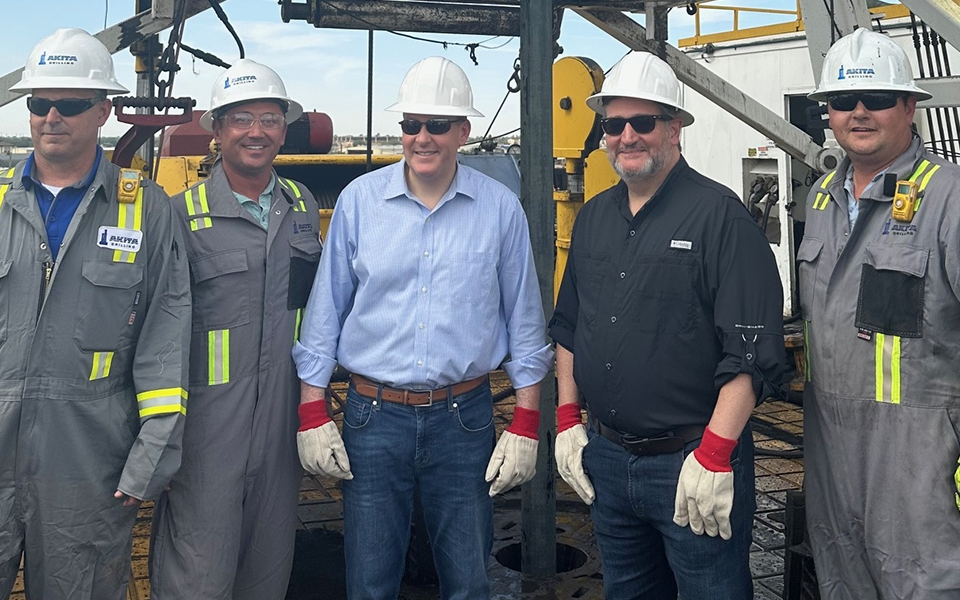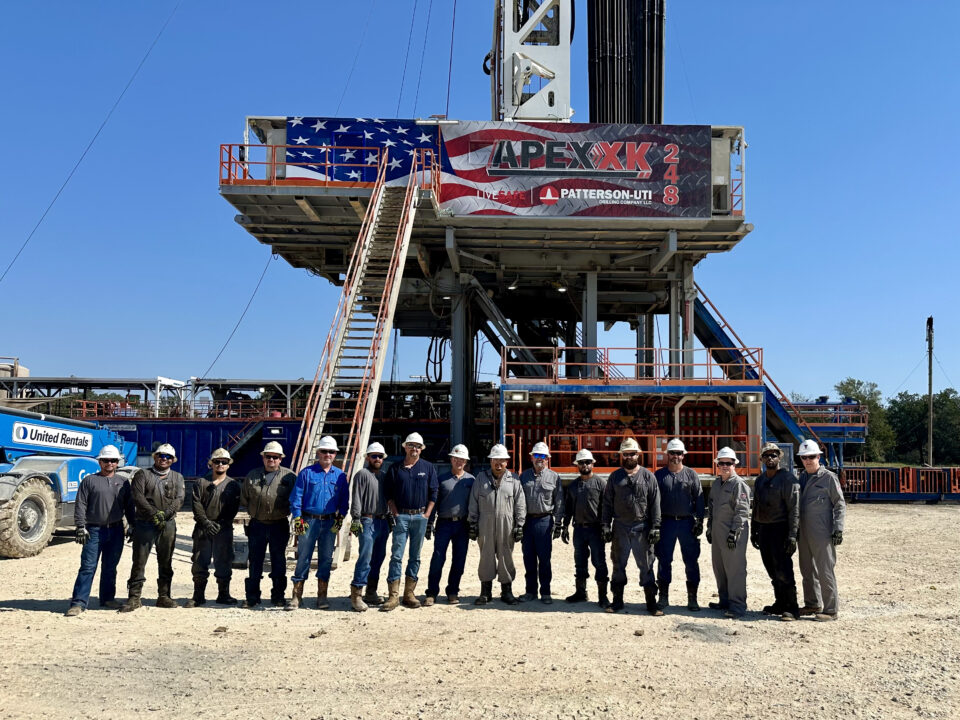Crane Equipment Safety
Crane Equipment Safety
Many crane accidents occur because the crane was used to lift more than its rated capacity. Crane accidents are generally serious and always expensive. The following discussion is intended to highlight the value of safety devices and help you avoid accidents:
Every crane is required to have load charts and the operator is expected to know how to use them. When was the last time your operator studied the charts before setting up to make a pick?
Knowing the weight of the load is the single most important part of making a safe pick. If the weight of the load is unknown, how can you set the crane up in the proper configuration? The easiest answer to this situation is to install a load indicating device on the crane.
Boom angle indicators are an absolute must. How can you use the load charts if you cannot measure the boom angle? If you do not use the load charts, you are guessing!
Setting up the crane level and on solid ground is an absolute must! You can throw the load charts out the window if the crane is not set up level, because you have changed the tipping moment. Setting cranes up on loose or unstable soil is just as bad. If the crane settles on one side, you have changed the tipping moment again.
Set the crane’s outriggers before making any lifts. Many accidents occur when crane operators don’t set the outriggers for a simple lift. No matter how small a lift or even if you think that the crane is balanced enough to handle a light lift, if the outriggers are not set properly, you are not prepared for possible changes in the operation.
Increasing the counterweight or securing the crane with cables to avoid tipping situations is never an acceptable practice. When you increase counterweights to avoid a tipping situation, you risk the possibility of structural failure. If these operations continue for long enough, the repeated stress placed on the boom is certain to result in a boom failure.
Inspect your rigging daily or more frequently under demanding conditions. Ensure all hooks have safety latches. Lifting beams and spreader bars must have their rated capacities marked on them.
If the load must be left suspended in the air for some reason, you (the operator) should never leave the controls. You must be ready to handle any situation that may arise. If the crane has foot brakes, keep your feet on the pedal even though the brake pedal locking latch is engaged.
Never Leave the Crane When a Load Is Suspended.
Remember, the crane operator is responsible for all operations in his control, and this includes the following:
- Day-to-day maintenance and lubrication.
- Daily inspections of his crane and wire rope.
- Seeing that the crane is not overloaded.
- Rigging up the load.
- Safety of all personnel within reach of your operation.
If there is any doubt about safety, the crane operator has the authority to stop and refuse to handle loads until it is safe to do so.
Never leave the crane cab with the crane engine running.




